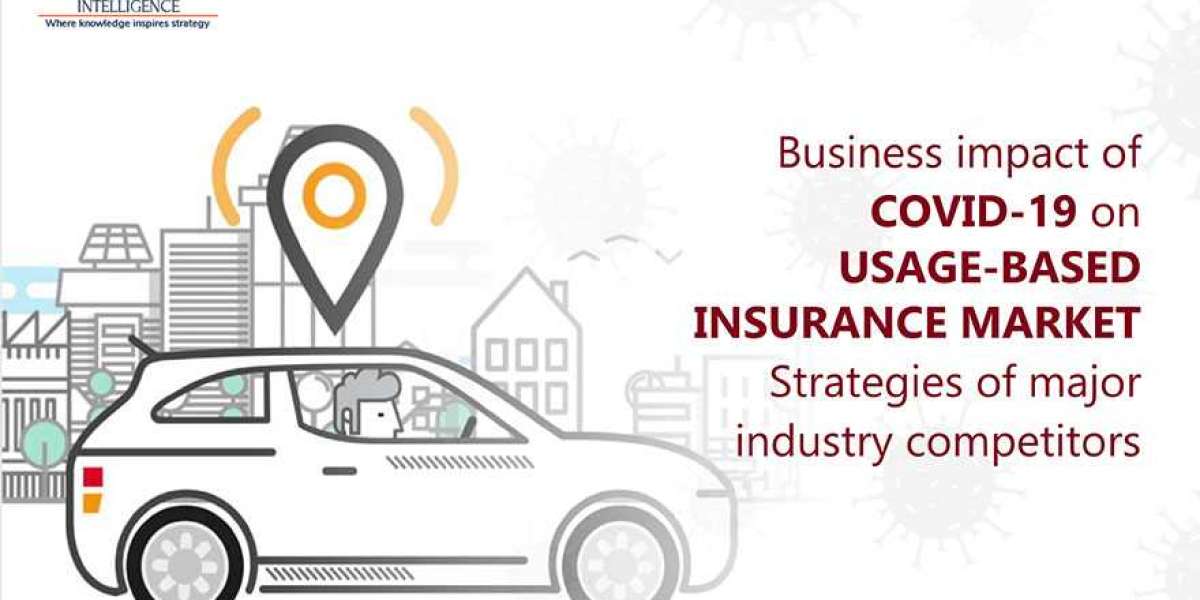Usage-based insurance refers to a type of vehicle insurance that leverages in-vehicle communication systems to track vehicle mileage and monitor driving behavior. Thus, the burgeoning sales of telematics-equipped automobiles and mounting demand for connected car services will strengthen the usage-based insurance market in the years to come. The escalating demand for connected cars can be attributed to the mounting customer focus on vehicle and passenger safety and the growing need to stay connected to the outside world.
Additionally, the increasing penetration of smartphones integrated with vehicle connectivity systems will create a huge requirement for usage-based insurance. Nowadays, insurance companies are focusing on usage-based policies to improve profitability, as the data collected through connectivity solutions can be used to calculate the insurance premiums to be paid by vehicle owners. Thus, the rising acceptance of in-car connectivity technologies and increasing willingness of customers to share their driving statistics to get personalized insurance quotes will fuel the adoption of usage-based insurance packages in the foreseeable future.
Essentially, the biggest reason behind the rising demand for auto insurance is the increasing number of vehicle accidents. Not having insurance puts the entire financial burden of a road crash on the victim, which is why auto insurance is mandatory in many countries. However, sometimes, the fault is the victim’s, in which case granting them an insurance claim is not ethical. This is why the adoption of usage-based insurance, wherein companies fix the premiums and process claims based on the driving behavior, is surging.
At present, Progressive Corporation, Vodafone Group Plc, Liberty Mutual Group, Allstate Insurance Company, Verizon Wireless Services LLC, Octo Telematics SpA, Sierra Wireless Inc., Allianz SE, AXA S.A., and TomTom N.V. are offering pay-how-you-drive (PHYD), pay-as-you-drive (PAYD), and manage-how-you-drive (MHYD) usage-based auto insurance. Among these, the PHYD model is preferred as it helps in analyzing the habit of drivers based on parking, positioning, speeding, and braking patterns. The information collected assists insurance companies in deciding premiums, ensuring fair premiums, and addressing unfair insurance practices.
The aforementioned packages are based on the smartphone, black box, embedded system, and on-board diagnostics II (OBD II) technologies. At present, these insurance modules are available for passenger cars as well as commercial vehicles. Usage-based insurance modules are either provided through companies or smart devices. Thus, the rising integration of smartphones and the internet and the mounting popularity of bring-your-own-device (BYOD) culture will encourage the adoption of such policies globally.
According to PS Intelligence, North America will dominate the usage-based insurance market in the forthcoming years due to the burgeoning demand for connected cars and increasing adoption of the black box insurance technology in the region. Additionally, the strong presence of prominent vehicle insurance firms that use this technology to track driving habits encourages the adoption of usage-based insurance here. Black-box-technology-enabled devices collect detailed information for vehicle insurance companies and allow them to estimate the insurance risk levels with precision.
Therefore, the burgeoning demand for telematics-equipped vehicles and escalating integration of smartphones into vehicle connectivity systems will encourage the adoption of usage-based insurance modules across the world.








